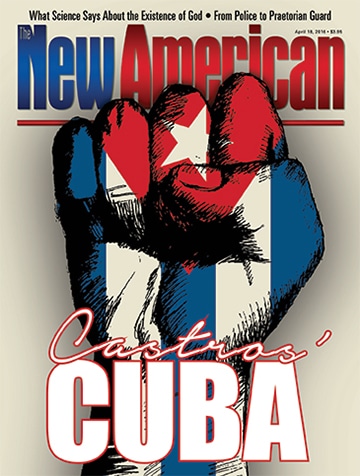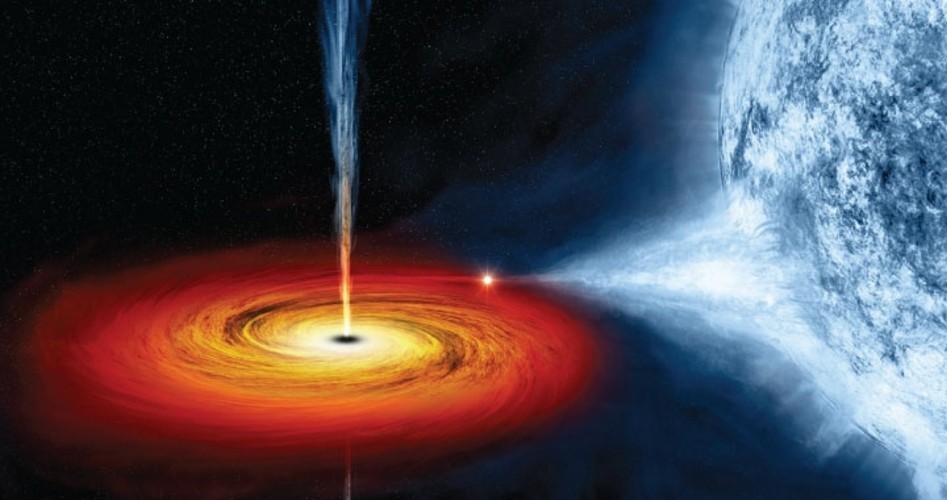Do Multiple Universes Explain Away the Evidence of God?
Cosmologists, on the whole, agree that the universe somehow met seemingly insurmountable conditions in its formation to allow for the development of life — agreeing that it is just right for life to exist. Incredibly, if the universe were very slightly different in its properties at all, life would be essentially impossible. For instance, as cosmologist Luke Barnes has said about the beginning of the universe, if there was a very tiny fluctuation in the amount of matter of the universe, life would have been unattainable: “If you put the wrong amount of matter in by one part in 1055 [a 1 with 55 zeros after it], if you put in too much matter, then gravity has too much of a hold on the universe, and the whole thing will re-collapse, within seconds basically. If you don’t put in enough matter, then the whole thing expands too fast, and in particular, too fast for galaxies to form and stars to form and planets to form.”1
To try to explain away this and many other astounding cosmic “coincidences” that allow life to exist in our universe, some cosmologists have tried to find naturalistic alternatives to the beginning of the universe, other than it was designed by an intelligent being — a being that atheist scientists are trying to disavow. Effort is put into naturalistic explanations because the incredible odds of these coincidences happening by pure chance are so long that they verge on being impossible, rather than being relatively likely, making atheistic cosmology virtually untenable and intelligent design very likely (see article "What Science Says About the Existence of God"). There are four main naturalistic theories in this category, which are explained in Carlos Calle’s book The Universe: Order Without Design.2
How Can That Be?
The first naturalistic theory, the self-organizing model, can be dismissed out of hand. It claims that — similar in manner to microstructures such as in mineral crystal formations that make up rocks — nature self-organizes starting at subatomic scales and that organization at small scales lends itself to self-organization at macro- or universe-size scales. But it is fatally flawed as an explanation of the universe without a designer because it requires that the universe had a “start point” (the others go back into infinity), as well as physical matter that was already created and rules of the universe being in place before that — rules that lead to order, rather than disorder — hence relying on design and fine-tuning of the universe, rather than explaining away the fine-tuning.
JBS Member or ShopJBS.org Customer?
Sign in with your ShopJBS.org account username and password or use that login to subscribe.

 Subscribe Now
Subscribe Now
- 24 Issues Per Year
- Digital Edition Access
- Exclusive Subscriber Content
- Audio provided for all articles
- Unlimited access to past issues
- Cancel anytime.
- Renews automatically

 Subscribe Now
Subscribe Now
- 24 Issues Per Year
- Print edition delivery (USA)
*Available Outside USA - Digital Edition Access
- Exclusive Subscriber Content
- Audio provided for all articles
- Unlimited access to past issues
- Cancel anytime.
- Renews automatically


